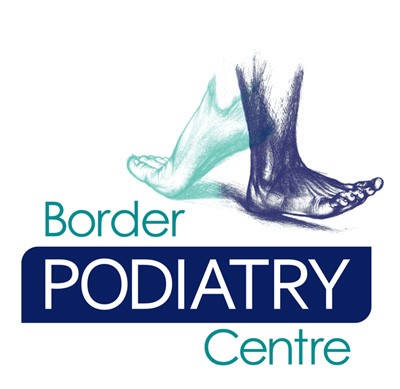The Lateral ankle sprain, or the inversion ankle sprain or rolling your ankle. They are all the same thing and keep reading to find out more.
A lateral ankle injury is quite a prevalent injury in sports today and did you know that lateral ankle sprains account for approximately 85% of all ankle injuries? That’s incredible!
The ankle joint is quite a mobile joint by allowing the motions of dorsiflexion, plantar flexion, inversion and eversion of the foot: or up, down, inward and outward movements. Due to the range of movements that this joint can perform, it is important to try and keep our ankle ligaments as well as surrounding musculature and tendons in the best condition possible.
Lateral ankle sprains are often caused by a moment of plantar flexion and inversion with the addition of an external force which causes the excessive stress on the ligaments. A simple rule to think of is: the greater the force, the greater the injury can be and the number of structures involved.
Some common signs of lateral ankle sprain include the following:
- Inflammatory signs at the site of the injury
- Pain on palpation of the injured area
- Reduced ability to or unable to weightbear
- Ecchymosis (onset of reddish or bluish discolouration of the skin due to the escape of blood from ruptured blood vessels into the capillaries), otherwise known as bruising.
- Pain on functional testing by a health professional
Ankle injuries are graded to give a greater indication of the level of injury presenting – the levels include Grade 1, 2 or 3:
- Stretch of a ligament with no rupture, no ecchymosis and continue to be able to weightbear
- Partial thickness rupture, ecchymosis, signs of instability (mild to moderate), difficulty weightbearing
- Complete rupture, immediate ecchymosis, signs of instability (moderate to severe), unable to weightbear
Depending of the grade of an injury will influence the healing time frames and will affect the management required. It is important to consult a health professional for management of an ankle injury as poor management and rehabilitation can greatly increase the risk of re-injury.
Here at Border Podiatry Centre following your professional podiatry assessment, a management plan will be implemented in aim of managing the painful symptoms and providing appropriate rehabilitation for the presenting injury. You can make an appointment by calling the clinic on (02) 6024 5577 for management of a current ankle injury or we can even provide an ankle screening assessment as a preventative tool for ankle injury!
Until next time.


